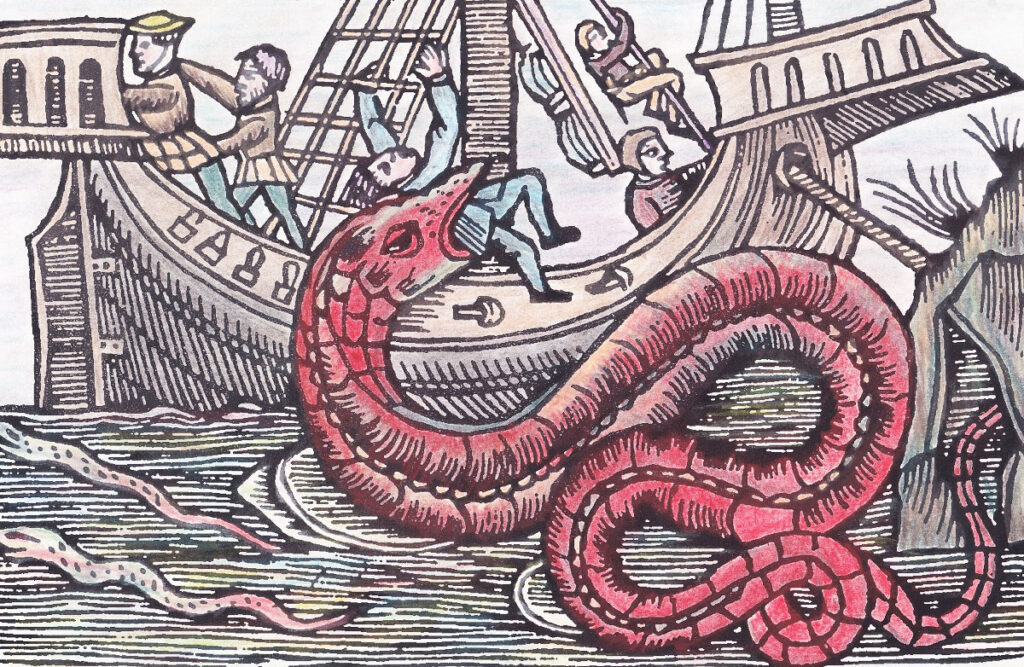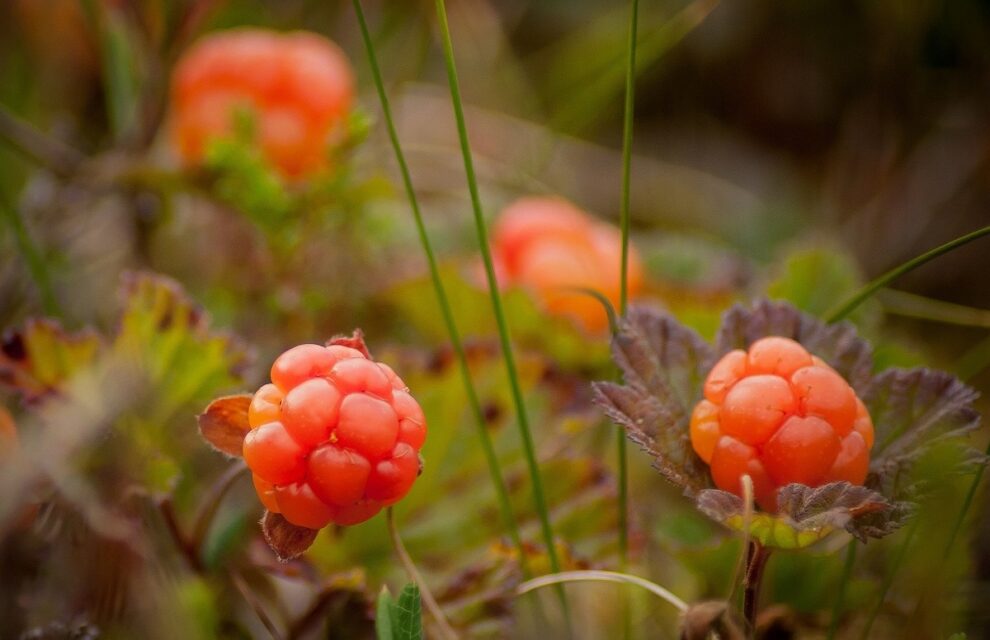In presenting The Blinding Sea to audiences in Canada, the United States, Britain and France, I mention one of the key themes of the film: access to knowledge versus lack of access to knowledge.
I underline this here, because some biographers of polar explorers (e.g. Roland Huntford) moralize endlessly about the supposed character flaws, wilful ignorance and self-hatred of their characters. It is easy to judge at a safe distance, from an armchair, after the fact, once all is said and done. Why not consider polar explorers to have been real people instead, struggling to find the best and most appropriate knowledge to lead their polar expeditions?
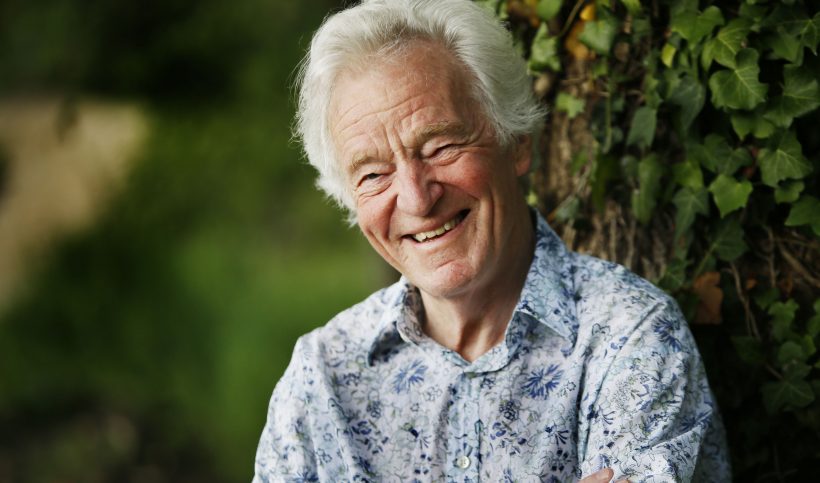
I recently spoke about my film with Muir Gray, one of the founders of Evidence-Based Medicine and Evidence-Based Healthcare at Oxford University. This was more to validate interpretations I make in the film, once he had seen it, than to shape my interpretations before completing The Blinding Sea. So I am responsible for anything in the film itself.
Muir said there are three kinds of generalizable knowledge in healthcare: knowledge from data analysis; knowledge from research; and knowledge from experience, which may not be written down.
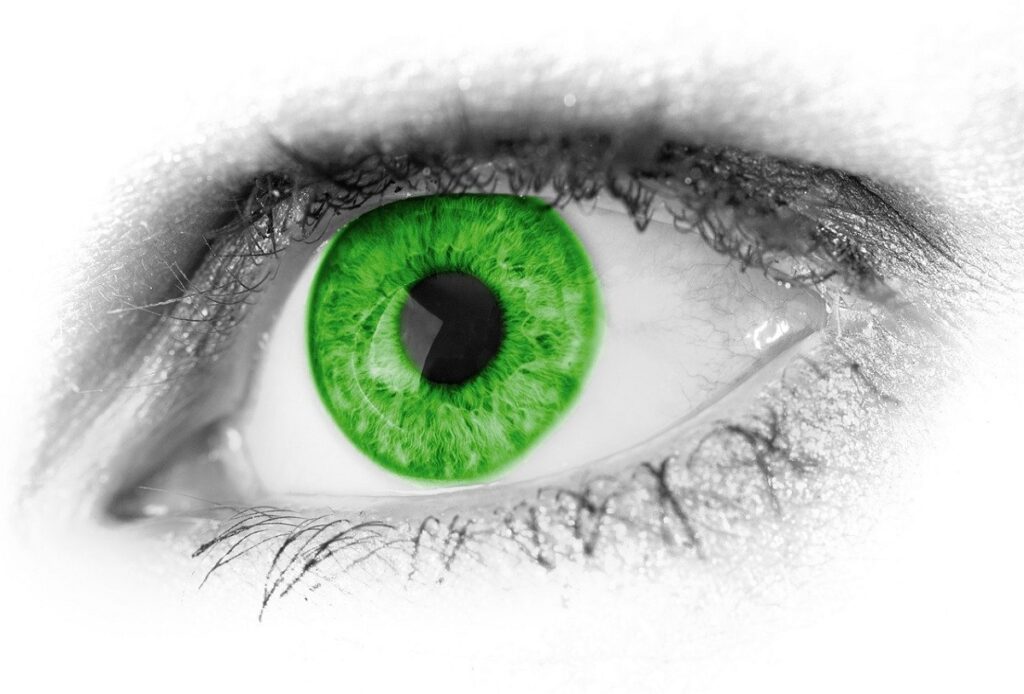
Now, I find this last kind of knowledge is the key to understanding the drama of Roald Amundsen vs. Robert Falcon Scott, 110 years ago. How could explorers of the time access this unwritten experiential knowledge, without having prior experience of the polar regions, without coming into contact with people who really knew – with people who were patient and trusting enough, like Inuit, to share their knowledge? That is, how could explorers access knowledge that was not documented? As I learned while making this film, the Inuit way of story-telling includes showing, not just talking. Showing how to make an igloo, for instance.
Scott was hired to lead the Discovery expedition in 1901-1904 although he lacked prior polar experience; he spent a good deal of time in the library at the Royal Geographical Society, plunging into books in English which were likely self-referential; he spoke to several leading European experts of the time; but he had no access to Aboriginal people and their knowledge systems.
And I am not sure he learned from mistakes during the Discovery expedition, because he had a tendency to single out individuals, like Ernest Shackleton, and blame them for their physical collapse, whereas it was his own responsibility as expedition commander to find the best solutions in terms of physical health, psychological health and nutrition.
Amundsen, meanwhile, realized how little he knew during the Belgica expedition of 1897-99, and decided, for this reason, to access Aboriginal knowledge during the two-year apprenticeship he spent with the Inuit of Nunavut. His learning process included unlearning what he thought he knew. His learning process was therefore not a straightforward pathway from A to B to C, and while he had a vast polar library, he wanted to learn first-hand.
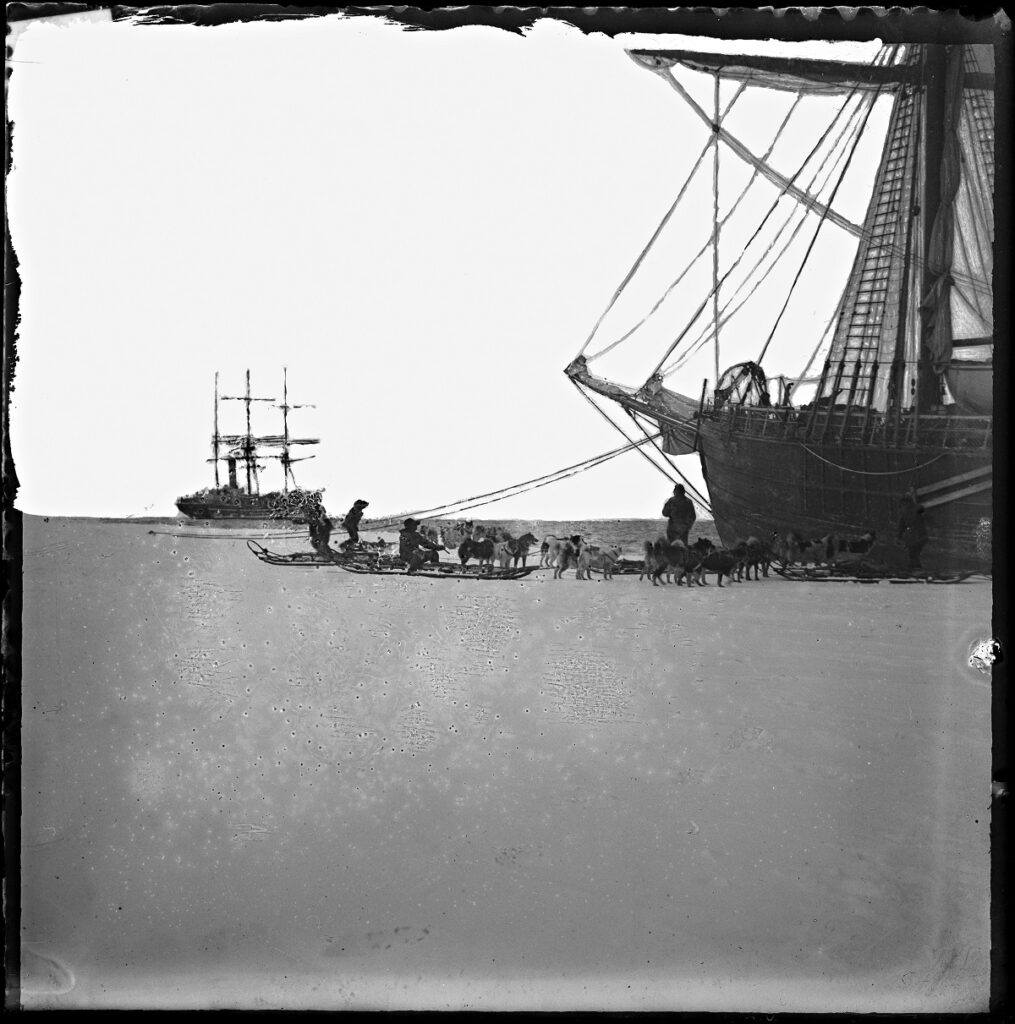
Back to Muir Gray: he said the way I consider a ship’s crew of 20 to 40 large enough to be considered a community or population, from the public health point of view, is very important.
He agreed with my interpretation of the cumulative effects on Scott and his last companions during their March South from malnutrition, hunger, frostbite, gangrene, scurvy etc. He agreed the body shuts down as it approaches death, one bodily function after the other. I asked, even if Scott had been found in late March 1912 while still alive, and considering he was still about 260 km. from the base camp at Hut Point, could he have survived the 10-15 days (at best) it might have taken to haul him back to the coast? Muir said anyone finding Scott and his last companions would have had to saw limbs off without antiseptic; as these three men lay starving in their tent, they suffered from metabolic trauma; stress combined with inactivity would increase inflammation. On top of everything, the weather was bad. How could they possibly have survived being hauled to the coast in -40°C weather?
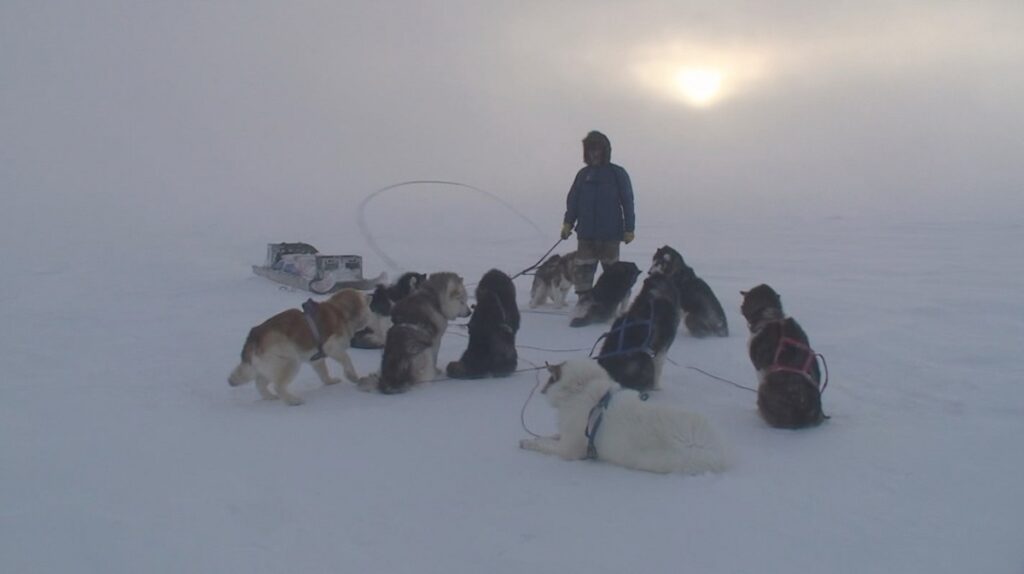
I suggested to Muir we take Scott out of the noble/brave/honourable mode of patriotic British accounts, and ask what he lived as a person. I said Scott was subject to unbelievable suffering imposed on him by a system (the expedition committee in London, the Royal Navy of the time, the Royal Geographical Society) that couldn’t learn, that extrapolated from largely irrelevant experiences from a half-century beforehand in the Canadian Arctic, and that drove men to harrowing avoidable deaths. Scott also bore responsibility for his own fate.
Muir then said Edward Atkinson, the expedition surgeon who found Scott’s frozen remains 8½ months after his death, was not in a position to state categorically that Scott did not have scurvy, simply by looking at his desiccated corpse. The body would have been scarred and discoloured to the point where no postmortem could be conclusive.
From what I understand, it takes 100 days for the symptoms of scurvy to show up. It had been over 100 days since Scott had eaten pony flesh, and he does not seem to have eaten other healthy foods. Other crew-members on the same diet got scurvy. Teddy Evans was sent back to the coast with scurvy. I wonder: why not Scott as well?
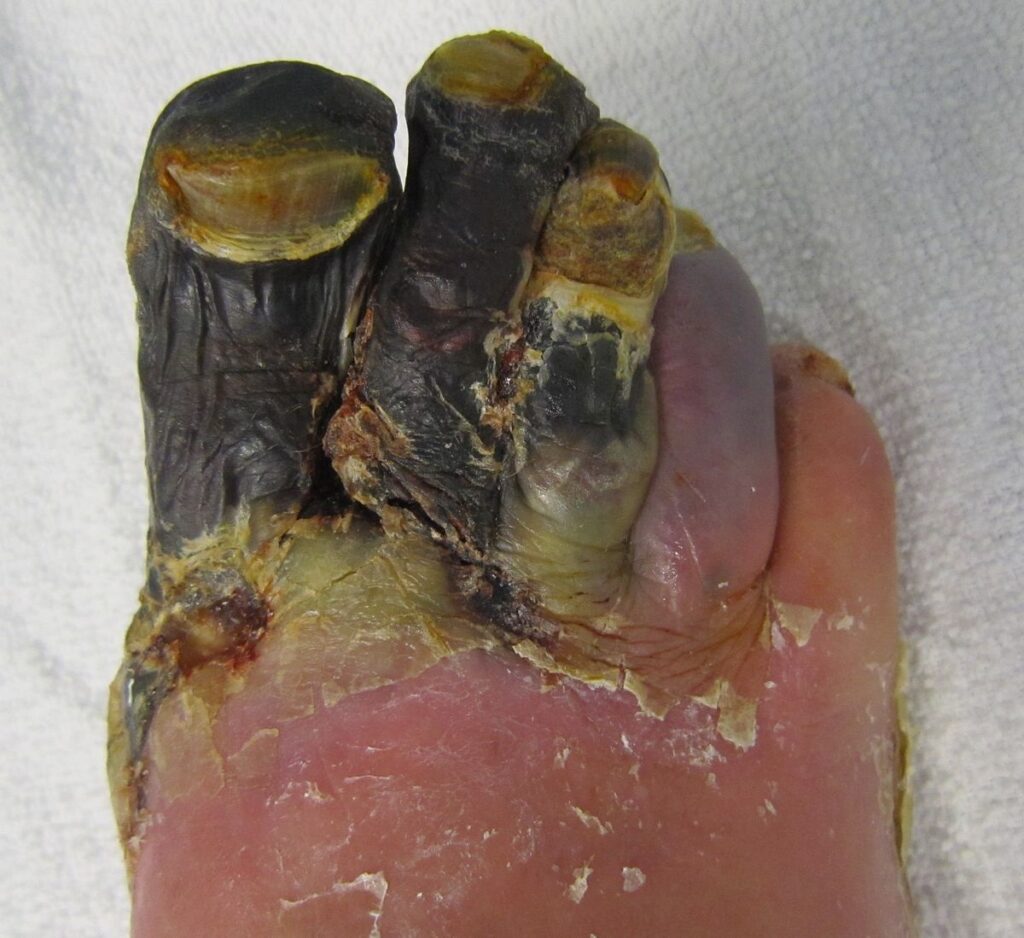
There are many factors in accessing, or failing to access, knowledge. One is familiarity with languages; another is the humility to learn from people of a completely different culture; another is knowing where to look for knowledge traditions, which may turn up in the most unexpected places!
A case in point: I explored every shred of evidence I could find, coming and going, about folk remedies for scurvy before modern times. For example, the Norwegian botanist Knut Fægri writes as follows about cloudberries (see the featured image at the top of this blog, and below). Norges Planter, vol. I, p. 241. Oslo: J.W. Capellens Forlag, 1958.
“Molter var derfor et skjørbukmiddel. Mot skjørbuk har molten vært brukt i norge meget langt bakover i tiden. Og det trengtes, for skjørbuken var itdligere en meget alvorlig sykdom hos oss, bade ti lands og til sjos. vi har arabiske vitnesbyrd om at nordmenn, som de motte på Sicilia, førte tønnevis av molter med seg på skipene sine.”
Here is my (very free) English translation:
“Scurvy used to be a devastating disease in Norway, both on land and at sea. Norwegians long used cloudberries as a remedy for scurvy. According to Arab accounts from medieval Sicily, Norsemen carried barrels of cloudberries on board their Viking ships, while sailing in the Mediterranean.”
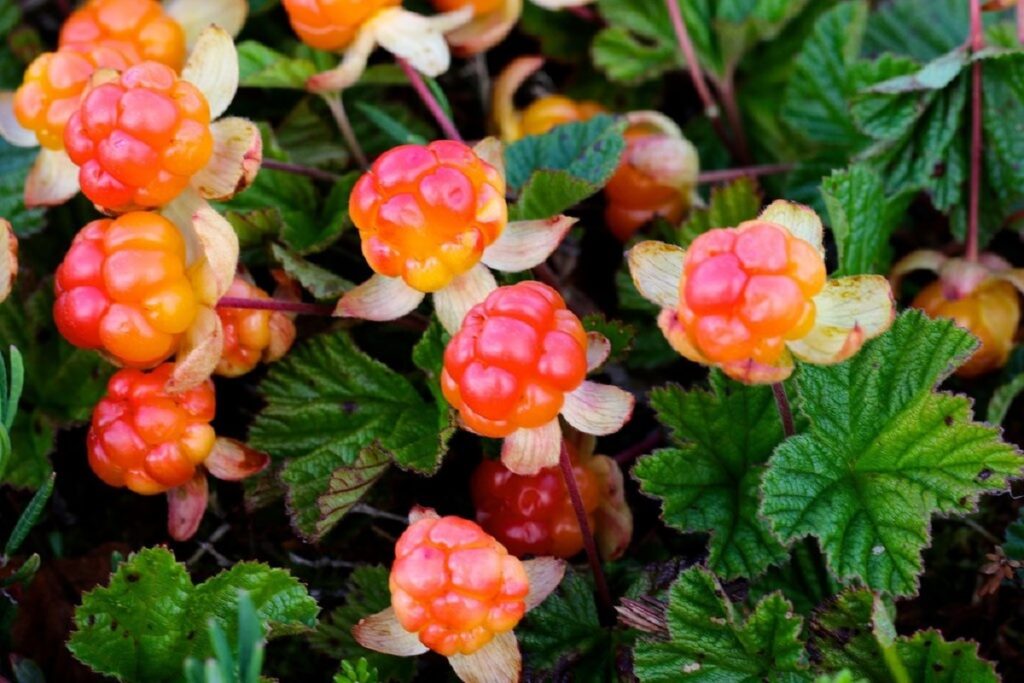
Unfortunately, I was unable to track down any specific reference in Arab literature to cloudberries, although I studied the works of Ahmad Ibn Fadlan (877-960) who visited the Volga Vikings, Muhammad al-Idrissi (1099-1165) at the court of the Norman king of Sicily, Roger II, and Ibn Khaldun (1332-1406) who wrote about Sicily in Histoire des Berbères. What I find interesting in this passage is that medieval Arab observers considered cloudberries worth writing about, since they were no strangers to long sea voyages, and their diet included a good deal of fresh fruit.
I have just mentioned factors in accessing, or failing to access, knowledge: one is familiarity with languages; another is the humility to learn from people of a completely different culture; another is knowing where to look for knowledge traditions. I realize that another barrier to knowledge is when it is couched in mythical terms. For example, the celebrated work by the Swedish bishop Olaus Magnus, Historia de Gentibus Septentrionalibus or A Description of the Northern Peoples (1555), combines folk remedies for scurvy with chapters on witches, trolls and sea-monsters. Prior to the Scientific Revolution, Scandinavians combined what we would today call scientific observations with myth, just as the Inuit do.
All of this has made my search for unwritten knowledge far more than a paper chase. It has resulted in a feature film, The Blinding Sea.
